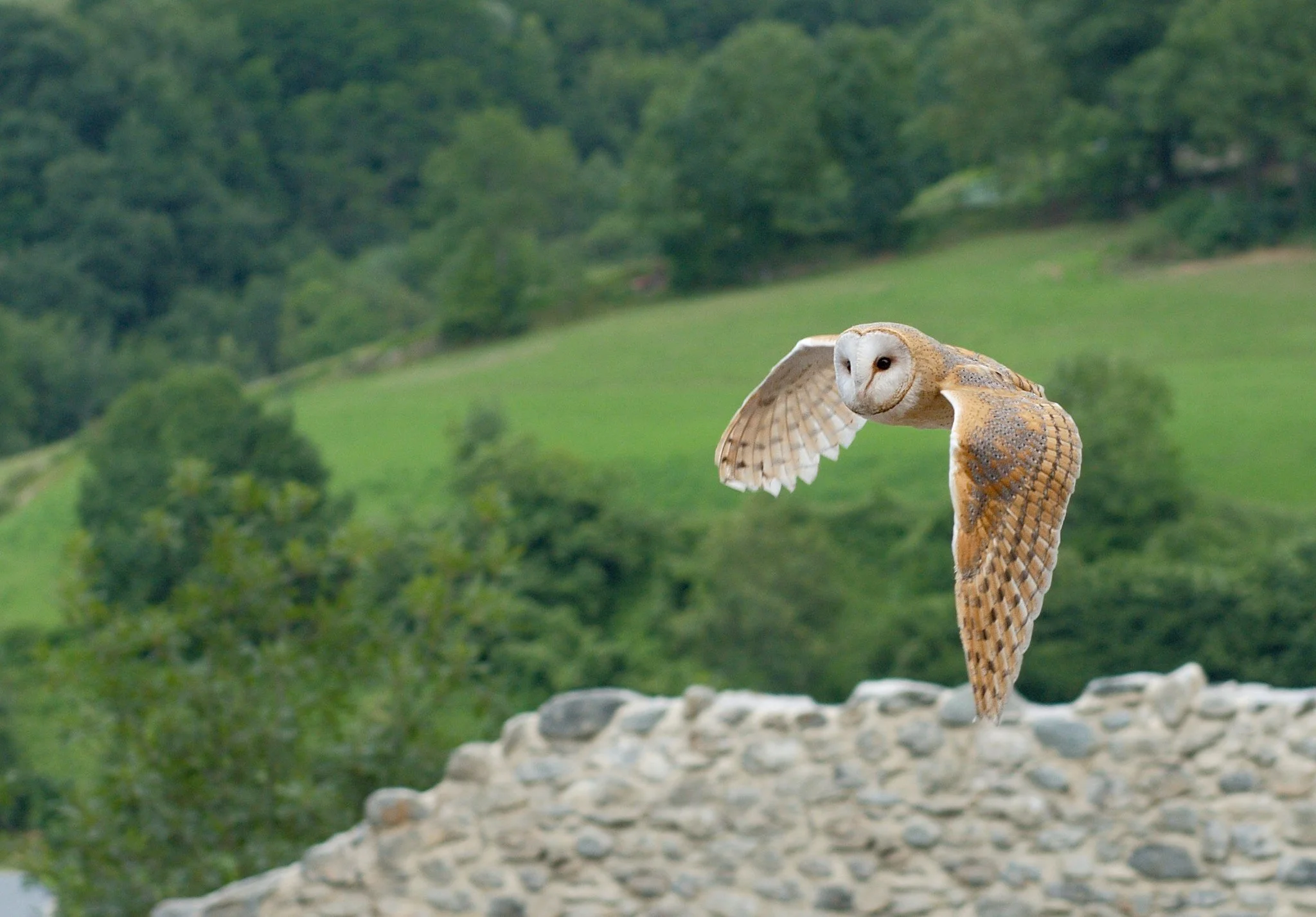SPI encourages kids to draw characters or scenes from stories on our K-3 Learning Lab site, and we’d love to see yours!
Read MoreKnown is as the “census taker of the sky,” Annie was one of a team of brilliant women employed by the Harvard Observatory to map the night sky. Their contribution to our understanding of the universe and their laying out of fundamental assumptions of astronomy still hold today.
Read MoreFables and folktales are timeless treasures that offer teachers and parents a fun and engaging way to transmit essential life lessons to young people.
Read MoreSPI’s Veterans’ Collection contains the personal narratives of veterans who served at Los Alamos, Iwo Jima, and in Vietnam (1964 - 1968). The stories are uploaded to its 4-12 Learning Lab site and are appropriate for students grades 7-12.
Read MoreBiomimicry is an approach to innovation that seeks sustainable solutions to human challenges by emulating nature’s time-tested patterns and strategies.
Read MoreSPI’s ASL project was developed for young deaf and hard-of-hearing children to promote language acquisition and foster ASL proficiency as well as social and emotional learning. Great for all ages.
Read MoreAs schools open their doors for the new academic year, teachers may be looking for ways to initiate conversation with their students about the ongoing challenges of Covid-19. Vidaga’s Horn is a Story Preservation Initiative original folktale that was written as a metaphor for Covid-19.
Read More98-year-old WWII Marine Corps veteran John Robinson shares his personal remembrances of the Battle of Iwo Jima and the post-war occupation of Japan with SPI, grades 7-12.
Read MoreBlack bear biologist Ben Kilham “perfectly exemplifies how much the world has to gain from the exceptional insights of dyslexic individuals.”
Read MoreSPI went to Little Cranberry Island, Maine to record the personal narrative of the legendary artist, writer, poet, anthologist, storyteller, and scholar of African and African-American folklore, Ashley Bryan.
Read MoreStory Preservation Initiative’s primary source recording of plant biologist Danny Chamovitz offers students, grades 7-12, an intriguing look at how plants experience the world.
Read MoreStory Preservation Initiative adds new stories to its K-3 Storytelling Learning Lab project for pre-schoolers and kindergarteners.
Read MoreSPI’s Learning Lab shares the 1st-person narratives of Holocaust survivors with students and educators. From Kindertransport to “Hidden Children” and the July 1944 plot to assassinate Hitler, their stories are rich in detail and honor the “unsung heroes” who risked their lives to save them.
Read MoreStory Preservation Initiative’s science-based stories inspire students in grades 4-12 and model curiosity. Every great discovery comes as a result of a natural sense of wonder about the world.
Read MoreSPI’s K-3 Storytelling Project Blends Spoken-Word Stories with Sign Language, Captioning, and Art for Deaf and Hard-of-Hearing Children.
Read MoreStory Preservation Initiative is developing a project series on Covid-19 designed to help young people in grades K-12 better understand the coronavirus.
Read More















